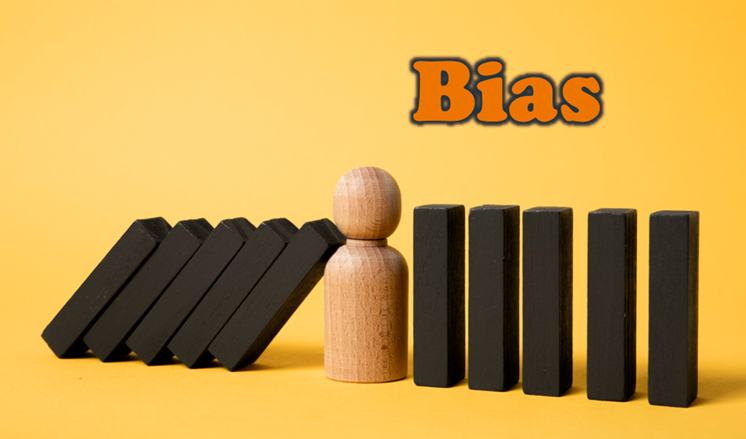
When Bernie was a 19-year-old officer in the Indian Army in 1945, he was part of the Allied forces that reclaimed Burma from the Japanese. What he saw as his platoon advanced towards Rangoon, he would never forget. As the Japanese retreated, village by village, they left no survivors. What really horrified Bernie was that they had used their bayonets to kill the villagers. These were mostly women and children, as most of the men had gone off to war.
When I visited Bernie for a dinner in his Houston home in 1991, he told me that he could never forget the horrific images of Burma. Decades later, he was a Petroleum engineer in the Middle East working on oil rigs in the middle of the ocean. When Japanese engineers came on board his oil rig for some maintenance work, he would excuse himself from meeting them – his coffee cup needed a refill or he had to use the head. He said to me, “I came to detest the Japanese from that horrible day in 1945. I knew that these engineers had nothing to do with the atrocities I saw but I did not trust myself to face these engineers with calmness.”
How Bernie felt about Japanese people is an example of a conscious bias. These are biases you know you have and can take steps to prevent any regrettable actions. People with a high level of self-awareness know what their conscious biases are. Far more common are biases that we don’t realize we have. These ‘unconscious biases’ are far more pernicious than conscious ones as they are pervasive, subtle in the way they affect our decisions, and difficult to address as they are our ‘blind spots’.
Biases are essentially notions and judgments that we carry within us that affect the way we interpret the world around us (‘we see what we want or expect to see’), remember past events, behave towards others, and make choices and decisions. We can use the word ‘prejudice’ interchangeably with bias. A strange thing I have noticed is that our biases often conflict with our conscious values, for example, when we believe that all humans are created equal but we stereotype people based on their background or race or age or sex.
Biases can come from cognitive heuristics (the shortcuts our minds take), social and cultural influences, personal experiences, our own anxieties, and the media we consume.
Bias can show up in multiple ways in the workplace. They can affect the way we screen résumés, interview candidates, evaluate employee performance, offer plum assignments, award bonuses and promotions, interact with our colleagues and select vendors and partners.
Since effective leaders want what is best for their organization, they seek the most qualified people to include in their team. To attract them, they learn to overcome their biases and treat everyone fairly, without fear or favour, as the saying goes. Here are a few ways you, as a leader, can mitigate personal biases in your workplace:
- Increase your self-awareness. You can use the services of a mentor or coach to help you identify any unconscious biases you hold. You can also take any of the many online tests available to identify your implicit biases or attend bias training programs. Reflecting regularly on your decisions and interactions and asking yourself if biases have influenced them in any way is a very powerful method of becoming more self-aware. You can also seek feedback from trusted colleagues on your behaviour and decisions.
- Broaden your horizons. Surround yourself with people from diverse backgrounds and views. Read a wide range of books and engage with content that exposes you to different experiences and perspectives. Know that what you are reading or watching is likely aligned to your preferences and beliefs, thanks to an algorithm.
- Establish structure. Standardized procedures will ensure decisions are based on merit rather than on subjective impressions. Your processes can include checklists and multiple reviews to reduce the harmful effects of bias.
- Understand the bias inherent in AI solutions at work. For example, you should be wary of claims that AI can predict employee performance based on factors such as age, race or sex. Find out if the data used to train the AI model was diverse and representative of all relevant demographics. You can also ask your technology team to use statistical analysis to identify and address any biases in the data before training the AI model.
While it may not be humanly possible to be completely free of biases, we can take steps to counter the insidious effects of them on our personal and professional interactions.
For more on Bias, do check out this lovely episode from the podcast ‘How we think’ by Neha Indoria and Bhavna Awasthy.
How have you dealt with your own biases? Can you share some of your experiences? I would love to hear from you.